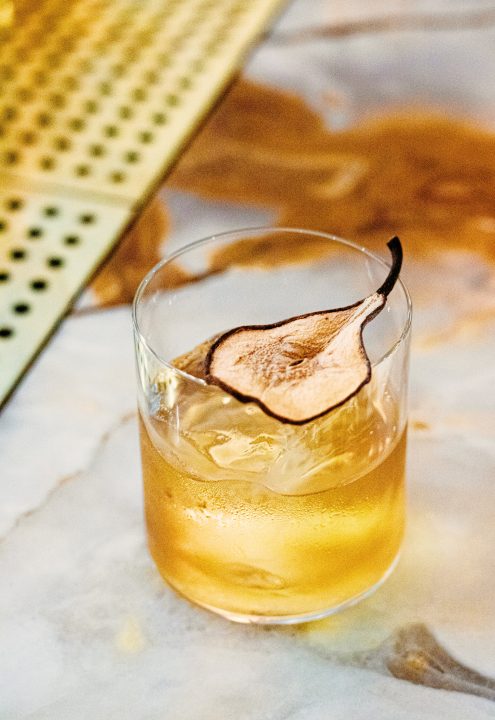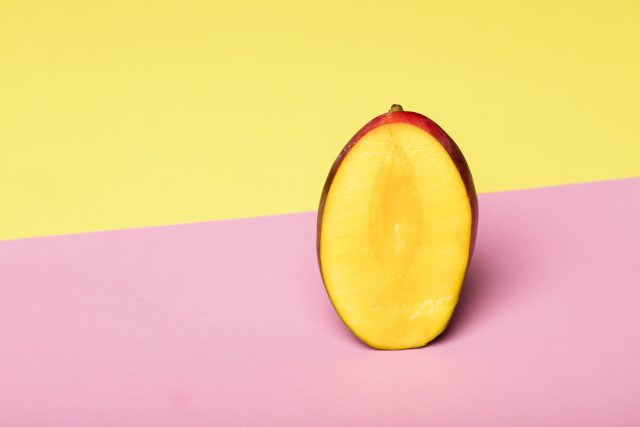Myth, Misunderstanding & Mistreatment
Henri Toulouse-Lautrec walks into a Parisian bar and sees Vincent Van Gogh sitting in the corner, having a drink and doing a bit of painting. “Bonjour Vincent,” says Lautrec. “How you doing?”
“Things aren’t great if I’m honest Henri,” replies Van Gogh. “I’ve been tortured by acute anxiety from an early age which has rendered me an obstinate recluse, social situations have always terrified me, loneliness has been my only true friend during my sorrowful life and there’s an indescribable darkness deep down inside that, every day, snags on my tormented soul. And if that’s not enough. I’ve not made a single centime from these paintings that I do – knowing my luck, they’ll fetch up to $82.5m after I kill myself with a shotgun.”
“Oh”, says Lautrec, shuffling awkwardly on his cane. “Sorry to hear that Vinny. How about I buy you an absinthe?”
“That’s very kind of you Henri but that won’t be necessary”, replies Van Gogh, raising a glass filled with green liquid. “I’ve got one ’ear.”
There you are folks, you can have that chortle-inducing gem for free. You’re welcome. It’s just one in a long list of conversation starters associated with absinthe, a spirit mired in myth, misunderstanding and, all too often, mistreatment.
From the Sazerac and the Corpse Reviver Number 2 to the “Death In The Afternoon” first created by Earnest Hemingway back in 1935 and the “Tremblement de Terre”, a potent tipple made famous by artist Henri de Toulouse-Lautrec, absinthe has long been a crucial component in a number of classic cocktails – albeit in a supporting role.
It plays a more potent role in shots but if you’re looking to remain loyal to absinthe’s fascinating past then the traditional, ritualistic serve from the absinthe fountain (detailed below), omnipresent throughout France in the 19th Century, is arguably the cleverest way of getting guests into the spirit.
As the water drips down, seeping through the sugar lump placed on the slotted absinthe spoon, and the liquid begins to gently louche from green to yellow, it’s the perfect opportunity to tell some stores about absinthe – and what stories they are.
Handcuffed to high times, horror, hallucination, hedonism and horrendous hangovers, absinthe’s tale is one of destruction and decadence, depravity and dandies, deviance, drunkenness and death and ritual deification.

“…ABSINTHE WAS THE GREEN-EYED OPIUM OF THE EVERYMAN THAT SYSTEMATICALLY UNSTITCHED THE SOCIAL AND MORAL FABRIC OF 19TH CENTURY FRANCE.”
The darling drink of both the bourgeois and bohemian, absinthe was the green-eyed opium of the everyman that systematically unstitched the social and moral fabric of 19th Century France. Yet absinthe’s origins are closely connected to Couvet, a small Swiss village popular among royalists who fled France during its Revolution (1789-99).
One exile was a Dr Pierre Ordinaire (‘Ordinary Pete’) who, legend has it, went about creating a tonic showcasing wormwood’s considered medicinal properties. Using distillation and a number of different plants to disguise wormwood’s intensely bitter taste, Dr. Ordinaire labelled his new elixir Extrait d’Absinthe after the Latin name for wormwood (artemisia absinthium).
Other historians have it that it was the Doctor’s housekeepers, the Henriod sisters, who first invented absinthe but whoever first fashioned “La Fee Verte”, there’s no denying it was Major Daniel-Henry Dubied who elevated it from an elixir for indigestion into a popular recreational drink – and when Dubied’s daughter married a man called Henri-Louis Pernod, absinthe became the first drink of the Pernod dynasty – produced in Pontarlier on the French/Swiss border.
Sales of absinthe soared further when military doctors prescribed it as a malaria deterrent for French troops fighting in Algeria. It was also liked by locals who folded notes into the hands of French soldiers and claimed, with a crafty tap on the side of the nose, that absinthe helped cure their camel of worms.
Whether it had the same effect on the wealthy middle classes back in France is unclear but absinthe certainly became the beverage of the bourgeoisie during the 1850s and 1860s – the age of the ‘l’heure vert’ when, between five and seven o’clock, absinthe was enjoyed in measured moderation as an elegant aperitif.
Absinthe found itself in the cross-hairs of the do-gooder’s gun; temperance leagues were founded; it was pilloried by political parties of all persuasions and the wine producers, unsurprisingly, were stoking the fires offurious indignation.
Eventually it was the threat posed by the Germans that finally led to the prohibition of absinthe. The consensus was that it would be easier to make soldiers out of toast than from an army of absinthe-minded Frenchmen. So, on August 16th 1914, two weeks after the outbreak of the First World War, the sale of absinthe was officially banned in France.
It had already been banned in America (1912), Belgium (1905), Switzerland (1907), and Holland (1910) while Italy followed France’s lead in 1932. But absinthe has never been banned in Britain and modern-day absinthe has now returned all over Europe.
Oh, and it’s not hallucinogenic. At the centre of absinthe’s whole hallucinogenic hullabaloo is artemisia absinthium wormwood. Unbearably bitter, it’s defined in the Oxford English Dictionary as ‘an emblem of what is bitter and grievous to the soul’. The Slavic word for wormwood is, rather ominously, Chernobyl.
Many cite wormwood’s most active ingredient, thujone, as the cause of absinthe’s anarchic and artistic side. A menthol-like terpene classified as a convulsant poison, it’s been blamed for hallucinations, convulsions, excitability and unconsciousness when consumed in moderate quantities. Larger doses can, it’s claimed, be fatal.
But analysis of nineteenth century absinthes has revealed very little evidence of thujone and, today, there’s as much thujone in a vapour-rub as there is in modern day absinthe.
So what gave the drink its delusional dimension? While biochemists have pointed to terpenes found in other herbs used in absinthe (star anise, fennel, coriander and sage), alcoholic potency remains the main culprit with a key co-conspirator being the mind-expanding reputation that has always come before it.
Did you know?
When Van Gogh was buried in a local cemetery, Dr Gachet, a French physician, planted an ornamental tree next to Van Gogh’s grave. The tree was a Thuja tree which, unbeknown to Gachet, was a rich source of Thujone – the chemical that adorns absinthe with his hallucinogenic powers.
Fifteen years after his death, when they went to move Van Gogh’s coffin so he could be next to his brother Theo, they discovered that the roots of the tree had tightly coiled themselves around the artist’s casket as though, said one onlooker, “they held him in a strong embrace”.


